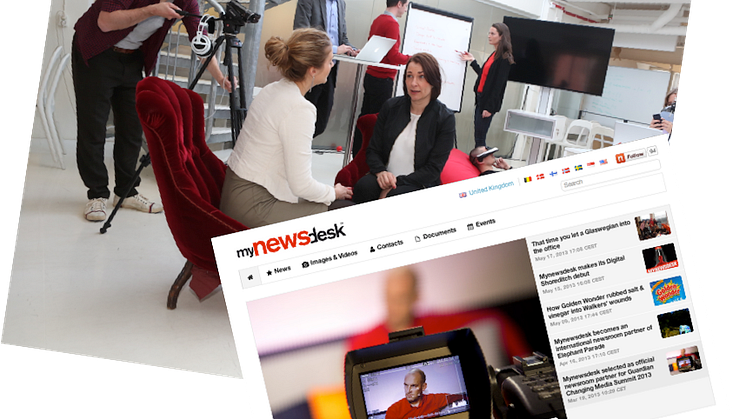
Blog post -
7 SEO wins from the brand newsroom approach
It seems that every time Google announces an update to their algorithm the world goes into a panic - It’s the death of the internet as we know it!
Last September, Google launched Hummingbird, which was not just an update but an entirely new algorithm aimed at “smartening” search and deciphering the context of content.
What this means is search engine optimisation (SEO) is no longer about packing your content full of keywords and SEO tricks to boost your ranking. Instead, you must focus on creating high quality, engaging content that your target audiences will be interested in and want to share.
In other words, you should adopt the brand newsroom approach. Here's why...
Credible coverage is king
Although the “wire” was created to send press releases directly to the newsdesks of professional journalists, with the internet came the rise of spammy sites full of low quality content. While once having your content (and links) appear on many sites worked well for SEO, Google now penalises sites with low quality, duplicated content.
One of the main purposes of a brand newsroom is to provide journalists, bloggers and online influencers with the assets they need to create a story about your organisation. The genuine coverage you will get by serving the needs of writers, publishers and influencers can work wonders for your SEO. The “fake” coverage you get by auto-posting releases to low-end sites will actually harm your SEO.
Google loves multimedia content
To get the most out of your newsroom you should keep it well stocked with images, videos and infographics as well as blog posts and press releases.
By hosting all of your content in one place you are not only providing your audience with a hub of interesting content in multiple formats, you are also boosting SEO as Google often ranks these types of content higher.
Images and infographics will also appear on Google image searches and can drive traffic to your website that way too.
Put your audience at the heart of your editorial plan
The brand newsroom approach is all about creating a content strategy in a similar way to traditional journalistic newsrooms. You should aim to make all of your content newsworthy and something your audience would want to read and share with others.
When your audience shares your content they are acting as third party endorsers. This social endorsement is one of the search ranking signals Google is looking for.
Speed is of the essence
Creating content in response to breaking news stories and distributing it across multiple channels is a sure way to make faster impact in search results. To do that you need a platform that enables you to create, publish and distribute content in real time.
We recently conducted a survey on the challenges in-house communications professionals face and found that 60% struggle with internal approval processes which prevent them from getting their news and content out quickly. The brand newsroom approach can help you take advantage of “newsjacking” and real-time content marketing opportunities, but efficient approval processes must be put in place.
Align your keywords with business objectives
Rather than only focusing on the keywords that are most commonly used in Google searches, think of your business objectives to identify search terms that are most relevant to your business and your specific product and brand differentiators.
Having said that, don’t be tempted to stuff your content full of keywords. These days Google prefers natural language rather than overly “optimised” articles, so plan your editorial calendar with quality content around these topics and related themes.
Tagging and related content
Any well built newsroom will allow you to tag and relate all of your content. This increases the “long tail” effect with searches and extends the life of your content. It also makes it easy for visitors to navigate around your site and increases the time they spend reading your content.
Make It Mobile Friendly
Back in April 2015, Google announced that they'd be "boosting the ranking of mobile-friendly pages on mobile search results". This means that it's now more important that ever for brands to ensure that their websites are mobile responsive and easy for people using mobile and tablet devices to use.
Google added: "Now searchers can more easily find high-quality and relevant results where text is readable without tapping or zooming, tap targets are spaced appropriately, and the page avoids unplayable content or horizontal scrolling."
Our newsrooms are automatically responsive meaning Google will reward your website for being user-friendly.
Do you want an online newsroom that can deliver all this?





